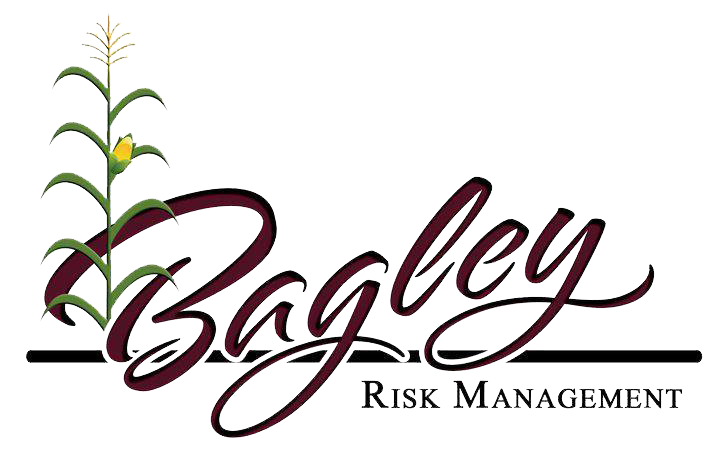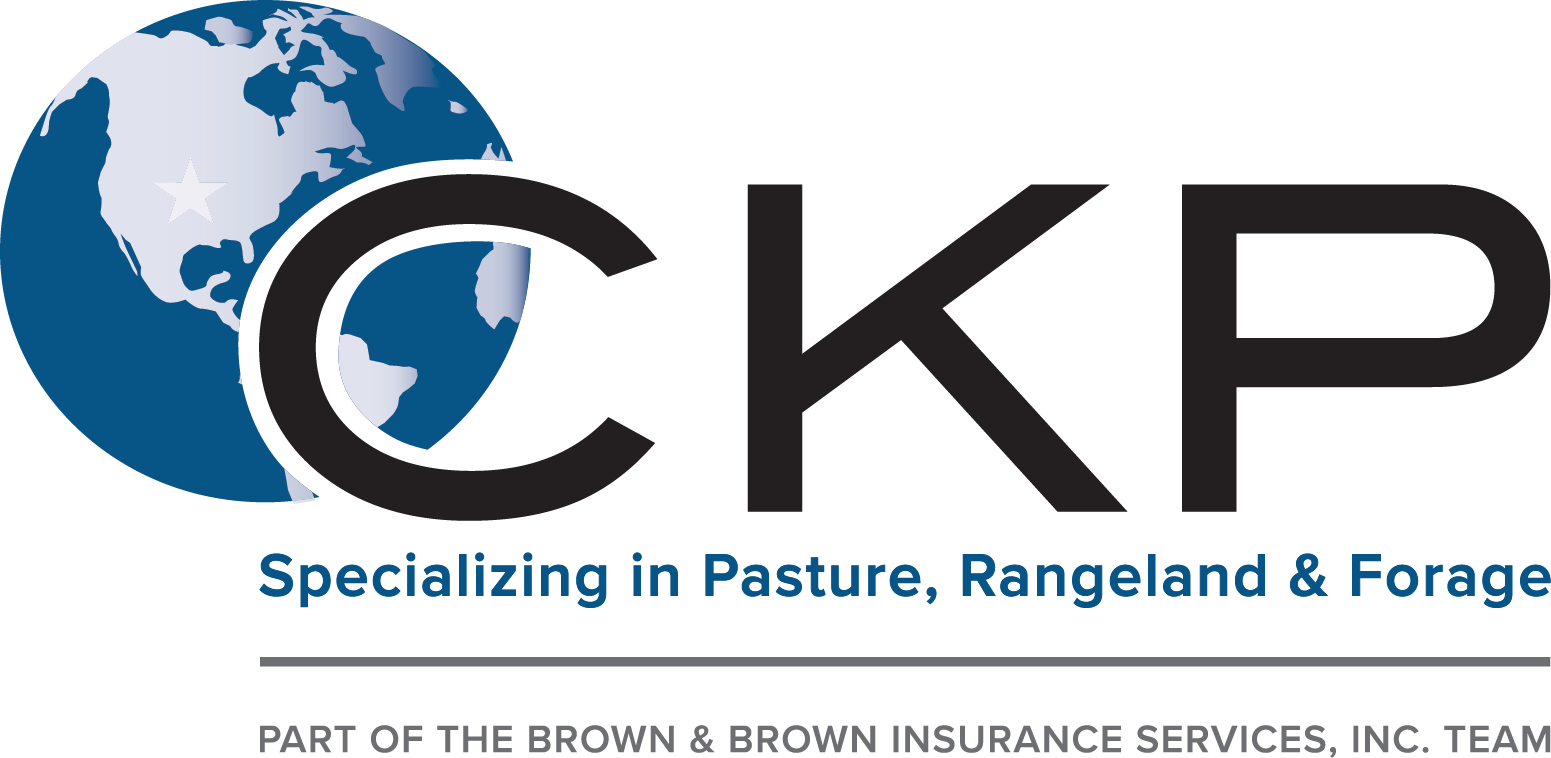Professional Advice on Risk Analysis and LRP Insurance Policy Solutions

The Value of Danger Analysis
Effective threat analysis is essential in the decision-making procedure of any type of organization, directing calculated preparation and source allocation. By methodically recognizing, reviewing, and prioritizing prospective threats, companies can expect difficulties, exploit on chances, and make informed selections to achieve their purposes. Threat analysis allows organizations to proactively attend to susceptabilities, reduce threats, and maximize their risk administration methods.
Among the crucial advantages of danger analysis is its duty in improving operational effectiveness. By recognizing the prospective risks that could impact various facets of the business, organizations can streamline procedures, allocate resources more effectively, and minimize the possibility of pricey interruptions. Threat evaluation allows business to abide with governing needs, safeguard their reputation, and construct depend on with stakeholders.
Recognizing Potential Losses
To grasp the impact of risk analysis, it is imperative to understand the possible losses that might substantially influence an organization's procedures and financial security. Potential losses can emerge from various resources, including all-natural disasters, financial recessions, operational failures, governing modifications, and cybersecurity breaches. These losses can cause direct expenses such as property damages, legal expenses, and penalties, along with indirect prices like reputational damage and loss of market share.
Comprehending prospective losses includes performing an extensive evaluation of the dangers that might materialize and estimating the financial impact they might have on the company. By quantifying these prospective losses, organizations can focus on risk mitigation initiatives and allocate sources efficiently. Moreover, a comprehensive understanding of possible losses enables companies to make educated choices when selecting risk management methods, such as purchasing insurance policy protection or applying threat control actions. Bagley Risk Management.
Basically, by recognizing and understanding prospective losses, organizations can proactively handle threats and safeguard their long-lasting sustainability and success.
Role of LRP Insurance Coverage Solutions
The integration of LRP insurance services within a company's danger administration framework improves durability and fortifies economic security versus unanticipated adversities. LRP, or Loss Recuperation Item, insurance remedies play an important function in reducing the influence of prospective losses by supplying economic protection and assistance in times see here of dilemma. These insurance policy remedies are tailored to meet the specific needs of companies, using insurance coverage for different risks such as home damage, service disturbance, responsibility insurance claims, and more.
By moving the economic risk to an insurance coverage provider, organizations can concentrate on their core operations with greater peace of mind, recognizing that they are shielded against considerable economic losses. Furthermore, LRP insurance coverage services can enhance an organization's danger management method by supplementing existing threat reduction measures and making certain extensive protection across all areas of potential susceptability.
Identifying Trick Risks
In the process of risk analysis, an essential action entails determining essential dangers that have the prospective to impact an organization's operations and financial security. Recognizing crucial threats requires a thorough evaluation of external and inner elements that might present hazards to the company's purposes. Inner risks may include functional inefficiencies, compliance issues, or human resource obstacles, while outside threats might incorporate financial downturns, regulative adjustments, or natural calamities.

Furthermore, essential dangers must be frequently examined and upgraded to line up with the vibrant organization environment. This aggressive technique enables organizations to remain in advance of possible risks and guard their lasting success.
Picking the Right Coverage
Having recognized the key risks that might influence an organization's operations and monetary security, the next critical step entails thoroughly selecting the best insurance coverage to properly manage and minimize these dangers. When it involves selecting the best insurance coverage, companies require to consider their particular risk direct exposure, financial abilities, and tactical objectives. It is necessary to conduct a detailed analysis of the available insurance coverage choices to make sure that the chosen coverage straightens with the company's threat management objectives.

Organizations needs to function carefully with read this post here knowledgeable insurance policy professionals to assess their threat accounts and identify one of the most ideal insurance policy items to address their requirements. Customizing insurance coverage to details threats can assist maximize security while lessening unnecessary prices. In addition, companies ought to assess policy terms thoroughly to understand the degree of insurance coverage offered and any kind of prospective exclusions that might affect their risk mitigation approaches.
Final Thought
Finally, danger analysis is vital in identifying possible losses and selecting the right LRP insurance policy options. By understanding crucial dangers, organizations can minimize economic impacts and shield their assets. It is essential to meticulously examine and evaluate risks to guarantee proper coverage is in location. Professional guidance can help browse the complexities of threat analysis and insurance solutions, offering companies with the necessary tools to properly you could try here manage and mitigate risks.
Professional guidance plays a critical function in this procedure, offering beneficial insights into recognizing and examining risks, as well as tactically choosing proper insurance policy coverage customized to mitigate those dangers properly. An extensive understanding of prospective losses allows companies to make informed decisions when picking danger monitoring strategies, such as purchasing insurance protection or executing risk control measures.
